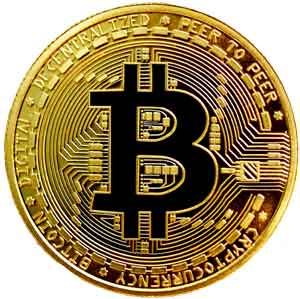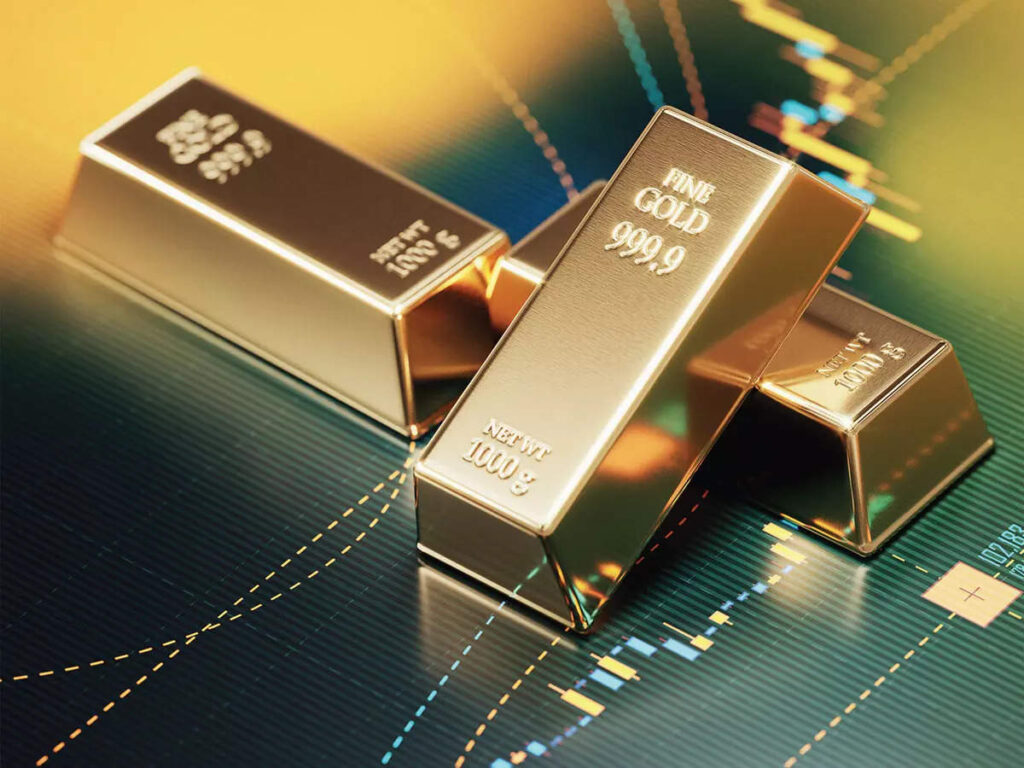
Blockchain technology was set in motion after the 2008 financial crisis. This crisis was caused by the failure of the centralized banking system. A blockchain is a decentralized and distributed ledger that records transactions across multiple computers or nodes. This is the opposite of a centralized computer or ledger system used by central banks.
A block is a link in a chain that is part of a chain network. It serves as a container for a set of transactions and other important data that is stored for transaction verification. The first “block” was mined in 2009 and set in motion the global adoption of blockchain technology. This first block was called the “genesis block” and it was mined by Satoshi Nakamoto. This marked the beginning of the Bitcoin Blockchain. Each additional block contains crucial information about its transactions and is linked to the previous block and forms a chain. Stated in another way: The blockchain groups every transaction into a block and subsequently incorporates this block into the chain sequentially.

To maintain security and the integrity of the decentralized Bitcoin network, the blockchain protocol has a “reward” system for validating transactions on the network. This process is called “Bitcoin Mining”. Because the network is decentralized, there is no central organization to pay the expense of validating transactions and maintaining the integrity of the blockchain. Thus, Bitcoin Miners get paid directly by solving complex math problems created by the decentralized blockchain protocol (series of cryptocurrency code). In essence, Bitcoin miners get paid for being the first to solve a complex math problem, and then creating a new block of verified bitcoin transactions. These miners use large networks of computers to do this, and every time a new block is created, it is verified by all the other competing miners.
As you can imagine, there is a significant cost involved in being a Bitcoin miner. The basic costs start with sophisticated computer systems needed to solve the cryptographic solutions required by the blockchain protocol. Then there are the associated electricity charges needed to run those powerful computers. Currently, Bitcoin miners receive 6.25 Bitcoins for each new block created. As more bitcoins are mined, the rate at which new bitcoins are created is gradually reduced. This reward process continues until there are 21 million bitcoin circulating. Once that number is reached, the bitcoin reward will cease and all Bitcoin miners will be rewarded through fees paid for the work done on the blockchain, such as transaction fees, etc..
Because there will only be 21 million Bitcoin ever mined, each Bitcoin is considered by many a store of value. It is often referred to as “Digital Gold”. For now, however, Bitcoin is a volatile asset. For reference, much of the volatility is caused by Bitcoin miners. As an example, if the price of Bitcoin is below its mining production cost, then each miner is losing money for every Bitcoin it mints. On the other hand, if Bitcoin price is in an uptrend, then more miners will come to mint more Bitcoin. But again, this volatility should stop once the supply of Bitcoin becomes more limited. Some financial experts expect the supply of Bitcoin will be reduced because long term holders of the asset refuse to sell.

To Summarize: A blockchain comprises blocks that store and validate transactions. For the Bitcoin blockchain, new blocks emerge roughly every 10 minutes. As of today, the Bitcoin blockchain consists of thousands of blocks in the crypto universe with each block containing a set of confirmed transactions. Every block possesses a distinct identification and links actively to the preceding block, creating a chronological sequence. This connection between blocks ensures the immutability and integrity of the chain. Miners continually add and validate new transactions, causing the total blocks in the Bitcoin blockchain to steadily rise. With each new block added to the chain, the blockchain grows more robust, more secure, and more resilient, paving the way for a decentralized and transparent future. Currently, around 19 million bitcoins have been mined and are in circulation, leaving approximately 2 million left to be mined. It’s estimated that all bitcoins will be mined by the year 2140, at which point the last block reward will be released.
© 2022 All Rights Reserved.
